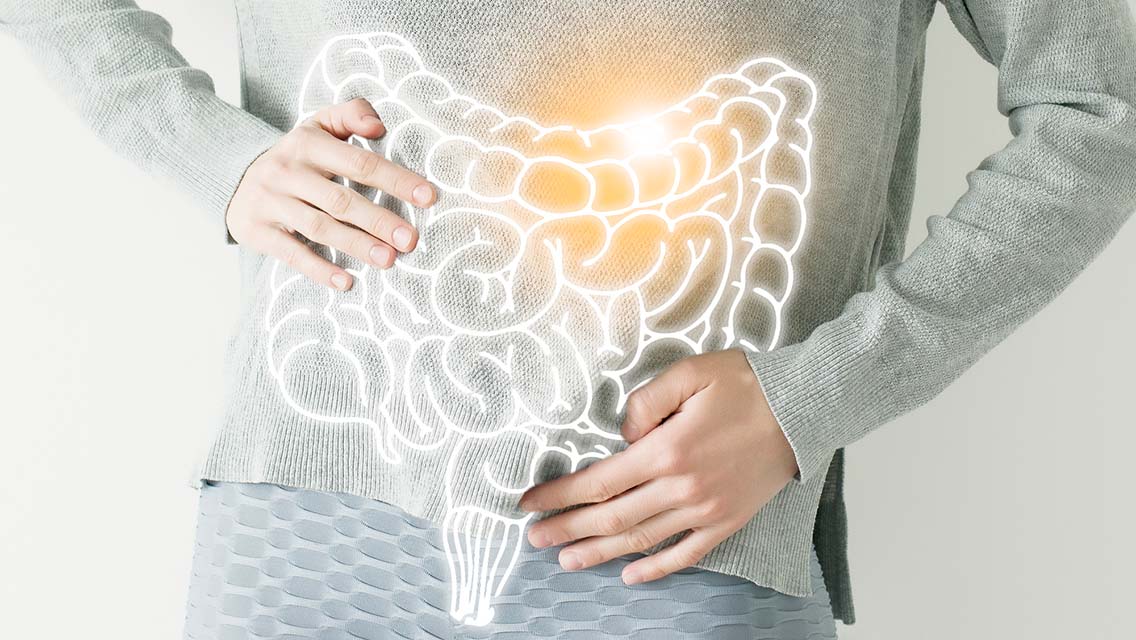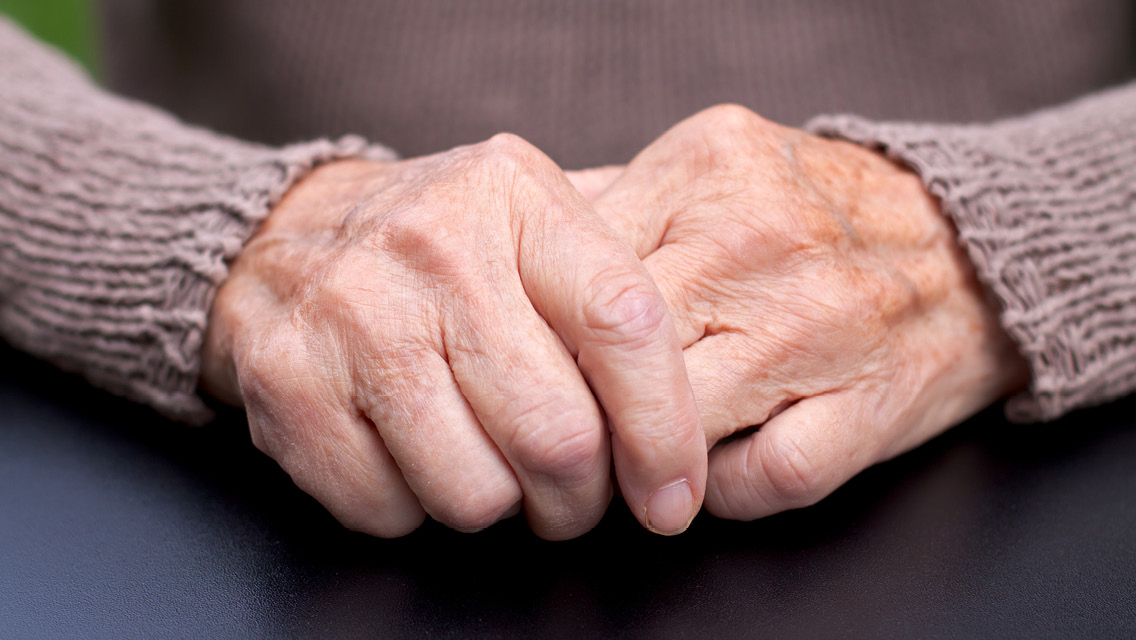Leaky gut syndrome has been treated by the integrative and functional-medicine community for years. But now, more of mainstream medicine is acknowledging it, too.
So what’s changed? Our understanding of the microbiome, for one thing.
The discovery that human health and behavior are profoundly influenced by a huge population of microorganisms living predominantly in our guts shook up a lot of docs, says Leo Galland, MD, a conventionally trained internist in New York City who now serves as director of the Foundation for Integrative Medicine. “Western medicine’s acceptance of the leaky gut model has been nothing short of a sea change.”
Leaky-gut symptoms vary. If the leakage is minor, symptoms will generally be confined to the gastrointestinal (GI) tract, explains Tom Sult, MD, a Minnesota-based physician and author of Just Be Well. Typical results? Bloating, gas, or cramps.
More significant leaks are more likely to produce bodywide symptoms, he says, including fatigue, joint pain, rashes, respiratory issues, asthma, and autoimmune responses — including psoriasis.
More significant leaks are more likely to produce bodywide symptoms, he says, including fatigue, joint pain, rashes, respiratory issues, asthma, and autoimmune responses — including psoriasis.
As the condition of the gut degrades, notes Sult, the health impacts can be dramatic. So if you think you may be experiencing the symptoms of a leaky gut, it’s wise to address it promptly.
The good news, says Galland, is that the cells of the intestinal lining replace themselves every three to six days. This means that, given the proper support, your gut can repair itself quickly.
Here are the “five Rs” — remove, replace, reinoculate, repair, and rebalance — of leaky-gut treatment recommended by our panel of gut-health experts.
Remove
With leaky gut, the first step is to identify and remove the source of gut-lining irritation, rather than attempting to suppress its symptoms with drugs. Start an elimination diet to help you pinpoint which foods are causing trouble, limit use of gut-taxing alcohol and NSAIDs, and root out infections. Leaky gut can be instigated by any number of pathogenic microorganisms and parasites that thrive in the gut’s warm, mucosal environment. If food-level interventions aren’t helping, find a healthcare practitioner to run tests and treat you. Because “all the nutrients in the world won’t help you if you have a parasite,” explains Liz Lipski, PhD, CCN, author of Digestive Wellness.
Replace
The second step is to give your body what it needs to rebuild the gut lining. Lipski likens the inside of the small intestine to a towel covered with millions of little loops (called villi), which in turn are covered with millions of little fibers (called microvilli). If the gut is leaky, those fibers get matted, hampering regrowth and the absorption of nutrients from food. It’s a vicious cycle, because the villi need those nutrients to revive.
Start by eating plenty of whole foods. The body needs the components in real, fresh food to repair damage and rebuild healthy new tissue.
Take digestive enzymes. The villi and microvilli projections are covered with digestive enzymes that your body needs to break food into component parts: carbs, fats, and proteins. In a leaky gut, enzyme support is crucial to healing and rebuilding villi, says Sult.
Supplement with glutamine. “Glutamine heals the intestinal lining more than any other nutrient,” says Lipski.
Get more omega-3 fatty acids. The gut uses them to calm inflammation and rebuild healthy cell walls. In addition to recommending several helpings of omega-3-rich foods, including coldwater fish, nuts, seeds, avocado, and purslane, Sult advises many of his patients to take a daily concentrated fish-oil supplement.
Reinoculate
Once your body has patched up the leaks in the gut, you need to help it grow a healthy layer of good bacteria — flora that help protect the GI tract and assist with digestion. These beneficial bacteria strengthen your immune system, improve metabolism, help your body make vitamins, and aid in the absorption of minerals. The two most important groups are lactobacilli and bifidobacteria.
Start by adding a probiotic. High-intensity probiotic support rejuvenates and replenishes a microbiome damaged by antibiotics or a poor diet. Sult recommends a high-potency probiotic of at least 50 billion active cultures twice daily. For added insurance, he says, choose one that is enteric-coated, meaning it will ferry the bacteria through the stomach’s acid and release them into the alkaline intestines.
Eat fermented foods. To get your good probiotic bugs to stick around, says Sult, you’ve got to eat daily servings of prebiotic- and probiotic-rich foods such as kefir, yogurt (dairy or nondairy), sauerkraut, tempeh, and kombucha.
Repair and Rebalance
Once you’ve got your gut on the road to wellness, it’s time to focus on lasting lifestyle changes. Sliding back into the habits that caused your leaky gut will only invite the return of health problems you want to avoid. A couple easy strategies? Eat mindfully. Before taking your first bite, look at your food and take in its aroma, advises Kathie Swift, MS, RDN, nutrition director for Food As Medicine at Washington’s Center for Mind-Body Medicine and author of The Swift Diet. This will trigger the cephalic phase of digestion, an initial release of enzymes that help break down your food.
As you eat, chew thoroughly, paying attention to your food’s flavor and texture. Avoid multitasking or rushing while you eat. Take pauses and breaths between bites, allowing your digestive system to keep pace.
Also, it’s important to calm your central nervous system. Under stress, the body’s nervous system kicks into fight-or-flight mode — the opposite of its rest-and-digest mode. Recalibrate by cultivating a calmer, more centered state. Consider a daily meditation or yoga practice. Or on a stressful day, swap heavy weightlifting for a tai-chi class. “When you change your thoughts,” says Sult, “you change your physiology.”
This originally appeared in “How to Heal a Leaky Gut” in the March 2015 issue of Experience Life.




This Post Has 0 Comments